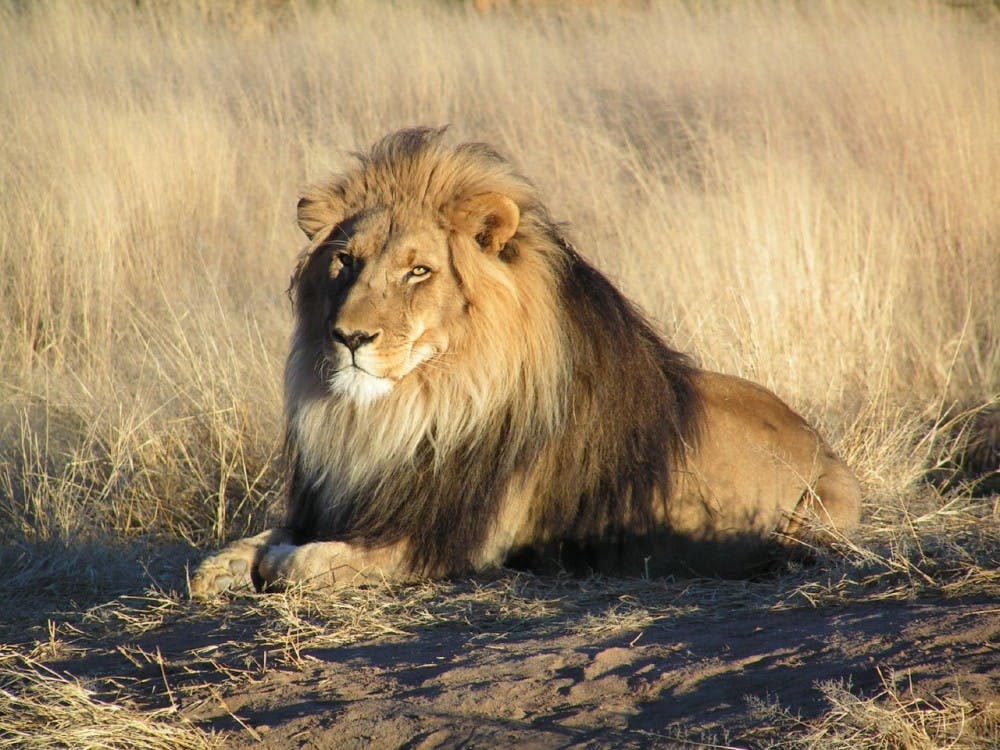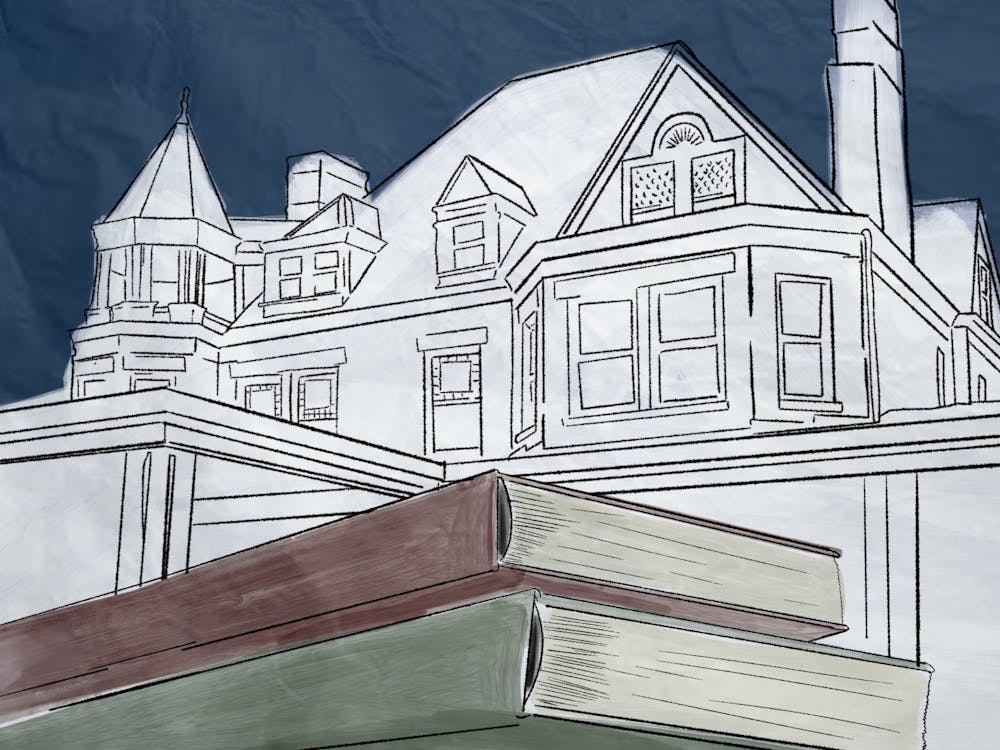More than two decades after the first “The Lion King,” a star-studded reboot has arrived to capitalize on nostalgia for the original. Just like 1967’s “The Jungle Book,” which received its own reboot from director Jon Favreau in 2016, the new film was produced using state of the art computer animation which makes the characters look like photorealistic animals. Similarly to “The Jungle Book,” the animators of “The Lion King” create a world filled with breathtaking landscapes. However, Favreau’s new release leaves out the charm of the original film.
The biggest culprit of “The Lion King’”s mediocrity is its dogged adherence to every beat of the 1994 movie. While close to flawless from a technical standpoint, the film has no creative energy animating the proceedings. Moviegoers interested in seeing how the world of “The Lion King” would look transposed onto the actual plains of Africa will be more than satisfied, but the movie doesn’t provide any ingenuity to back up its startlingly lifelike images.
There are certainly high points. The dialogue-free intro — a near shot-for-shot recreation of the original film’s opening — combines the emotion of the original film with the imagery of a “Planet Earth” special. But once these photorealistic animals start talking to one another, that grandeur dissipates.
While the animals all look fantastic, it’s difficult to form compelling characters who are physically incapable of expressing emotion. “The Jungle Book” grappled with this problem by capturing stellar vocal performances from its cast, but in “The Lion King” the star-studded ensemble is more distracting than anything else. Characters performed by John Oliver, Billy Eichner and Seth Rogen threaten to overshadow the movie’s drama with their stars’ personalities. This is an example of what happens when studios try to reverse-engineer movies, starting with a talented cast and state-of-the-art tech and working backwards. The trappings become the most indelible aspects of the film, while its dramatic elements are forgotten.
The first “Lion King” was an operatic exploration of family and nature. The plot — a young heir feels guilty about his father’s death, leading to a period of exile in which he attempts to forget the past, before he finally takes his head out of the sand and reclaims his rightful place on the throne — is straight out of “Hamlet.” And while this version’s computer-generated images augment the grandiosity of the plotline, it can’t help but feel like a paint-by-numbers facsimile of the original. In an attempt to satisfy those who remember the first “Lion King” fondly, Disney has forgotten the “humanity” of its animal characters.
This truly is Disney’s movie. The latest in a long and exponentially expanding line of callbacks to the corporation’s previous work, “The Lion King” has had almost every bit of individual character focus-grouped out of it, leaving nothing but a watered-down version of the original. Other than the three aforementioned stars, it is difficult to spot the fingerprints of any of the movie’s supposed creative forces here. Obviously, not every film has to reinvent the wheel. Some of the greatest movies ever made are remakes or sequels, and Disney’s own “The Jungle Book” covered familiar ground in a way that wasn’t old hat. But in this case, the creativity and emotions of the 1994 “Lion King” have been abandoned in favor of giving the audience the basic elements they know in a shiny computer-generated package.
While “The Lion King” has superb production value, it’s obvious that the main reason for this movie’s existence is to make Disney as much money as possible. Despite all of the technical wizardry, this reboot has none of the original film’s heart. In the coming years, one hopes that audiences will grow weary of these live-action reproductions of childhood favorites, but right now it seems safe to bet that there will be many more diluted remakes to come.





